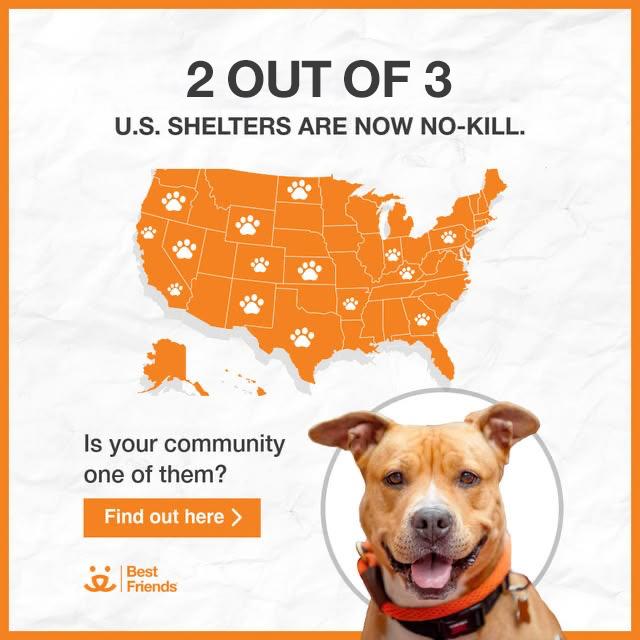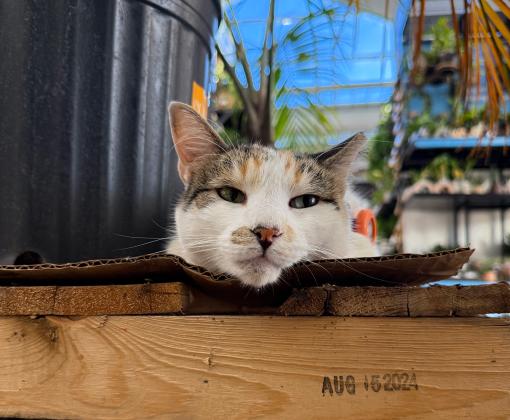
Military Pet Fostering and Rehoming Resources
Members of the military may or may not be able to take their pets with them on deployment. Be sure to check with your commander about pet-friendly housing arrangements, and the base veterinarian can help determine whether your pet will need vaccines or other care prior to moving. There is a wealth of information about transporting pets, quarantine rules in various countries, and other military pet travel tips on PetTravel.com.
If you are unable to take your pet with you on assignment, then consider the length of time you'll be gone. This will help you decide whether foster care or permanent rehoming would be the best option for your pet.
Military pet fostering
If you decide on fostering for your pet, check with relatives, friends, and other people you trust to see whether anyone is willing to foster. Use every means at your disposal: social media, base bulletin boards, community bulletins, etc.
Groups to contact for military pet fostering include Dogs on Deployment and PACT for Animals.

See how your community is doing
We recommend that you create a foster care agreement for your pet. With a formal agreement in place, everyone involved knows what the expected level of care is for your pet.
Rehoming your pet
If you need to rehome your pet permanently, we recommend that you make every effort to place your pet directly into a new home. Rescue groups and shelters are stressful places for animals, and even sanctuaries — such as Best Friends Animal Sanctuary — are only meant to be a home-between-homes for animals who have special considerations, such as health problems or behavioral issues.
Getting your pet ready for adoption
There are many strategies that you can use to find a new home for your pet. First, you'll need to get your pet ready for adoption. Here are some steps to help you do that:
- Make sure your pet has had a thorough veterinary examination and is up to date on all vaccinations. A healthy pet will be easier to place.
- If your pet isn't spayed or neutered, have it done. We don't recommend placing an animal who has not been spayed/neutered into a new home. Doing so can result in unwanted litters, and spayed/neutered animals are less likely to show undesirable mating behaviors, such as mounting or howling. Puppies and kittens as young as 8 weeks old can be spayed/neutered. For more information, talk to your veterinarian. If you need to find a low-cost spay/neuter clinic in your area, check SpayUSA.
- Take several good-quality digital photos of your pet. Make sure your pet is well-groomed, is looking at the camera, and can be seen clearly in the photos.
- Write a good adoption "ad" for your pet.
- When contacting individuals or groups about your pet, it will help tremendously if you have a nice flyer to hand out. Combine a photo and information about your pet with your contact information. Save it as a digital file, which can be attached to emails and used for posting on social media. And you can print out hard copies for posting around town.
Spreading the word
Once you have your pet ready for adoption, get creative and think of ways that you can spread the word. Here are some ideas:
- Post the flyer or information about your pet on social media. Ask friends and family members to do the same.
- Put up flyers at your workplace, your veterinarian's office, and other places where there's a public bulletin board.
- Contact all rescue groups and shelters in your area. Even if they can't take your pet, some groups will offer courtesy postings on their website or allow you to bring the animal to one of their adoption events.
- Post information about your pet in the classifieds section on petbond.com.
Some people are hesitant to publicize information about their pet because they fear that people who would treat the pet unkindly will respond. Remember, you are in control of where your pet is placed. Don't be afraid to ask for references and follow up on them.
For more information on screening potential adopters and more ideas to help you rehome your pet, read Best Friends Animal Society's guide on finding a new home for a pet.
